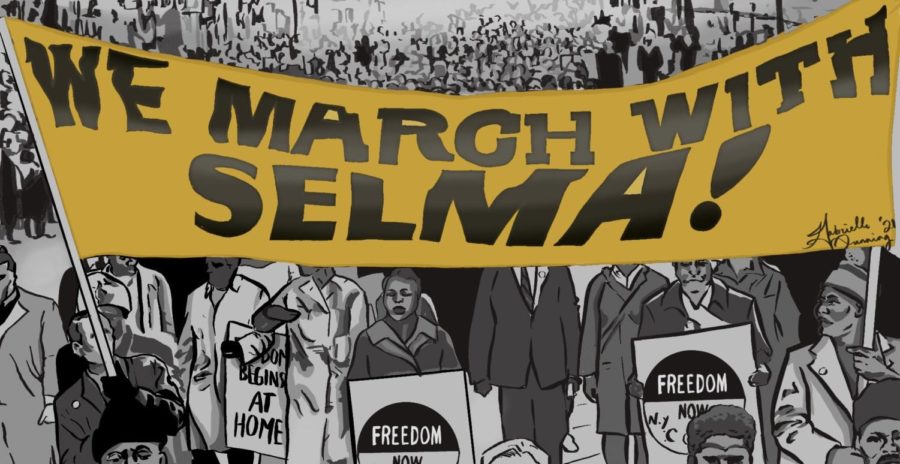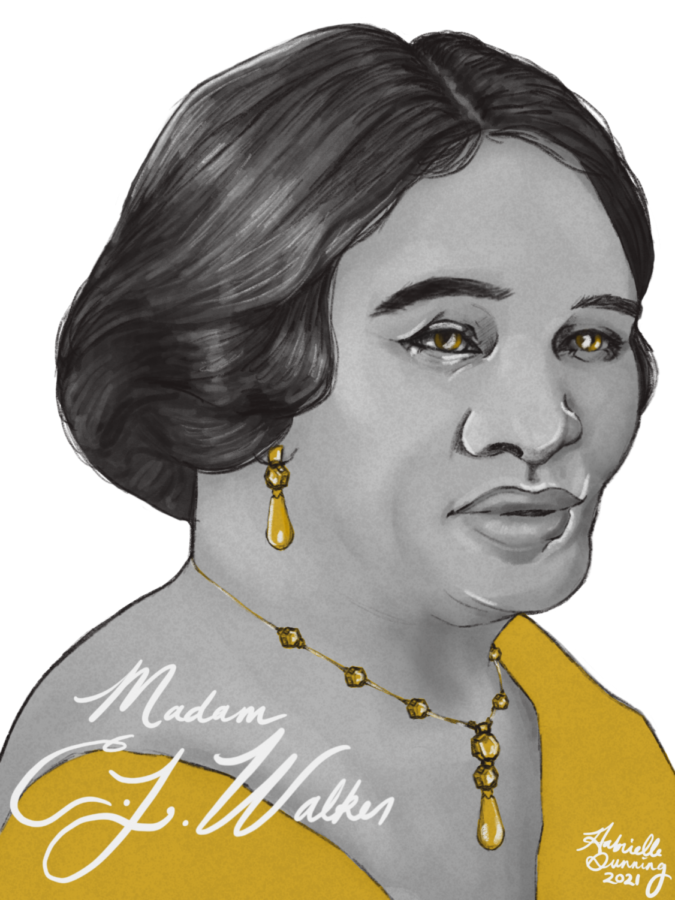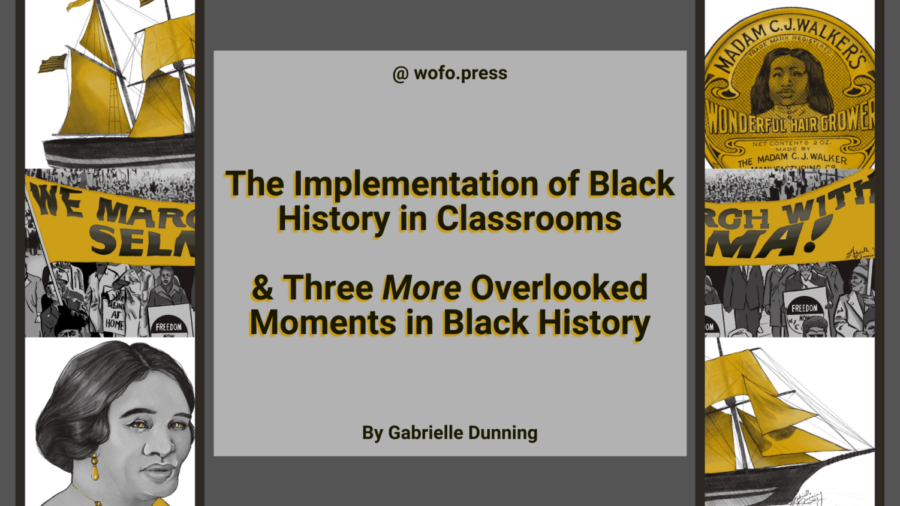The Implementation of Black History in Classrooms
A follow-up article to Three Often Overlooked Moments in Black History.
As a follow-up to Three Often Overlooked Moments in Black History, I wanted to interview and anonymously survey teachers from Woodford County High School, Bryan Station High School, and Scott County High School teachers on their implementation of Black History in their classrooms and use the data to provide resources for teachers and the most overlooked events.
When there is such a grotesque lack of positive representation for People of Color, no matter what subject you teach, there are ways you can infuse Black History into your lessons. If teachers are intentional about teaching the work of inspiring Americans of Color, it can encourage history to repeat itself by making more inspiring American youth, and the devastating acts of hate made against Americans of Color to shed a light on injustice and equip the youth of America the tools they need to keep those too often repeated moments in history from rearing their ugly heads again.
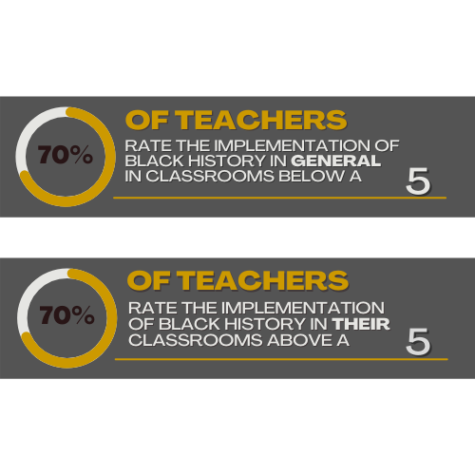
After surveying 10 teachers, I found that 70% of the teachers stated that, on a scale of 0-10 (with 0 being not at all and 10 being consistent throughout the year), they would score how thoroughly Black History is generally taught throughout the year below a 5; While 70% of teachers also stated that on a scale of 0-10 (with 0 being not at all and 10 being consistent throughout the year) they would score how thoroughly Black History is taught in their classroom above a 5, 50% being 7 or above.
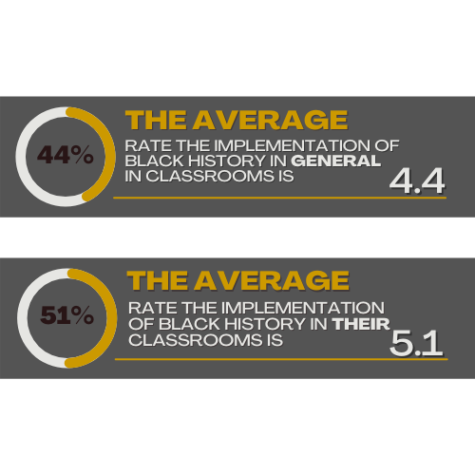
I also found, on a scale of 0-10 (with 0 being not at all and 10 being consistent throughout the year), teachers on average would score how thoroughly Black History is generally taught throughout the year a 4.4, teachers also stated that on a scale of 0-10 (with 0 being not at all and 10 being consistent throughout the year) they on average would score how thoroughly Black History is taught in their classroom 5.1
I asked teachers how they ensure that they are teaching more than just the history of the White American experience, here are some of their responses:
Suggestions on How to Implement Black History into Your Classroom from a Black Student
-
STEM and Art Teachers:
I believe that you should refer your students to famous Black Scientists/Engineers/Mathematicians/Artists throughout your course, showing People of Color other People of Color in the field your students may want to go down will help inspire them to follow that career path and give some very needed positive representation.
-
English Teachers:
I believe that you should provide your students with text and readings by Black Authors. Be sure to provide more than just the experiences of enslaved Black People – while in the early stages of writing this article, an English Teacher and I discussed that American Slavery is often the only subject that is covered in classrooms and she realized that there are currently no novels in her curriculum that represent the lives of any Black Americans other than enslaved ones. She, another English Teacher, and a Woodford County High School Principal held multiple meeting for students to discuss new books that are to be bought for incoming students and to give general feedback; I am so thankful for WCHS Staff’s urge to better themselves by engaging students for feedback because there may now be thorough representation in WCHS English Classrooms for students to come.
I also suggest that you find uplifting texts and reading with Black representation – you should inspire students and give them the tools they need to be the change we need in the world.
A few texts sharing the experiences of People of Color I have read and recommend because I believe would integrate easily into your curriculum are:
This book-length poem and series of lyric essays by the American Poet, Claudia Rankine, is a short and powerful read for your students and it gives them insight into the direct effects of racism by putting them into the shoes of people who experienced an array of different bigotry.
This novel is about many people who immigrated to America and are now living in the same apartment complex. It is told from multiple first-person points of view, creating another fast and very hooking novel that opens a window into the lives of these, mostly Chicano, people.
- This memoir by bell hooks recounts her childhood as a poor, Black girl growing up during Segregation in America. It is a quick and personal look for your students into the life of a Black child in Jim Crow Era America. I recommend syncing up with the History department of your school for this novel – reading this in English class while learning about segregation in History class would help with some comprehension
-
History Teachers:
I believe you should incorporate more historical events that affected our current form of institutionalized racism, for better or worse, in your student’s curriculum. Historical representation and context to why things are the way they will pave the way for activism. I also recommend providing more primary and secondary source documents written about and by Black People into lists of sources for your students
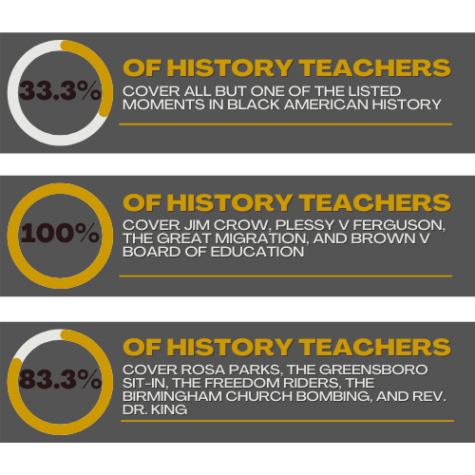
60% of the teachers surveyed are history teachers, the question for history teachers asks teachers to select from a list of very important moments in Black American History to state which individual moments that they cover in all of their classes this school year, I found that 100% of History Teachers cover Jim Crow Laws, Plessy V. Ferguson, The Great Migration, and Brown V. Board of Education, and 83.3% of History Teachers cover Rosa Parks, The Greensboro Sit-in, The Freedom Riders, The Birmingham Church Bombing, and Rev. Dr. Martin Luther King Jr.
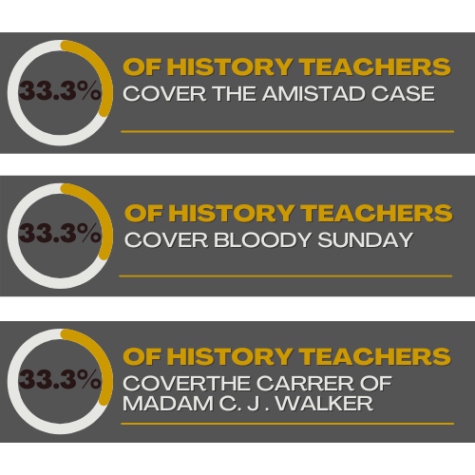 I found that many important moments get almost completely overlooked – only one teacher had covered The Amistad Case, Bloody Sunday, and the career of Madam C. J. Walker, so I am taking this opportunity to cover three more overlooked moments in Black American History
I found that many important moments get almost completely overlooked – only one teacher had covered The Amistad Case, Bloody Sunday, and the career of Madam C. J. Walker, so I am taking this opportunity to cover three more overlooked moments in Black American History
Three More Often Overlooked Moments in Black History

